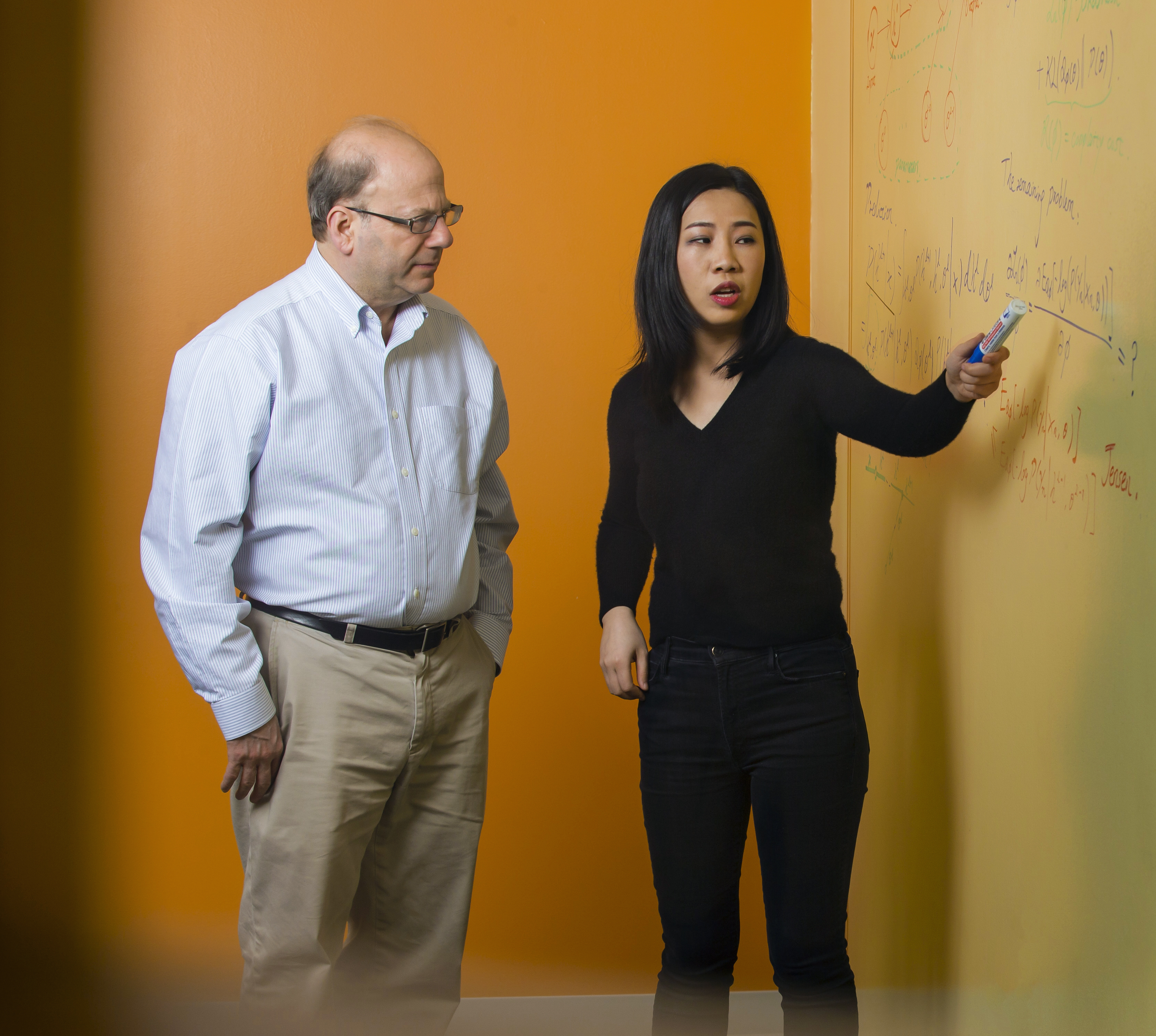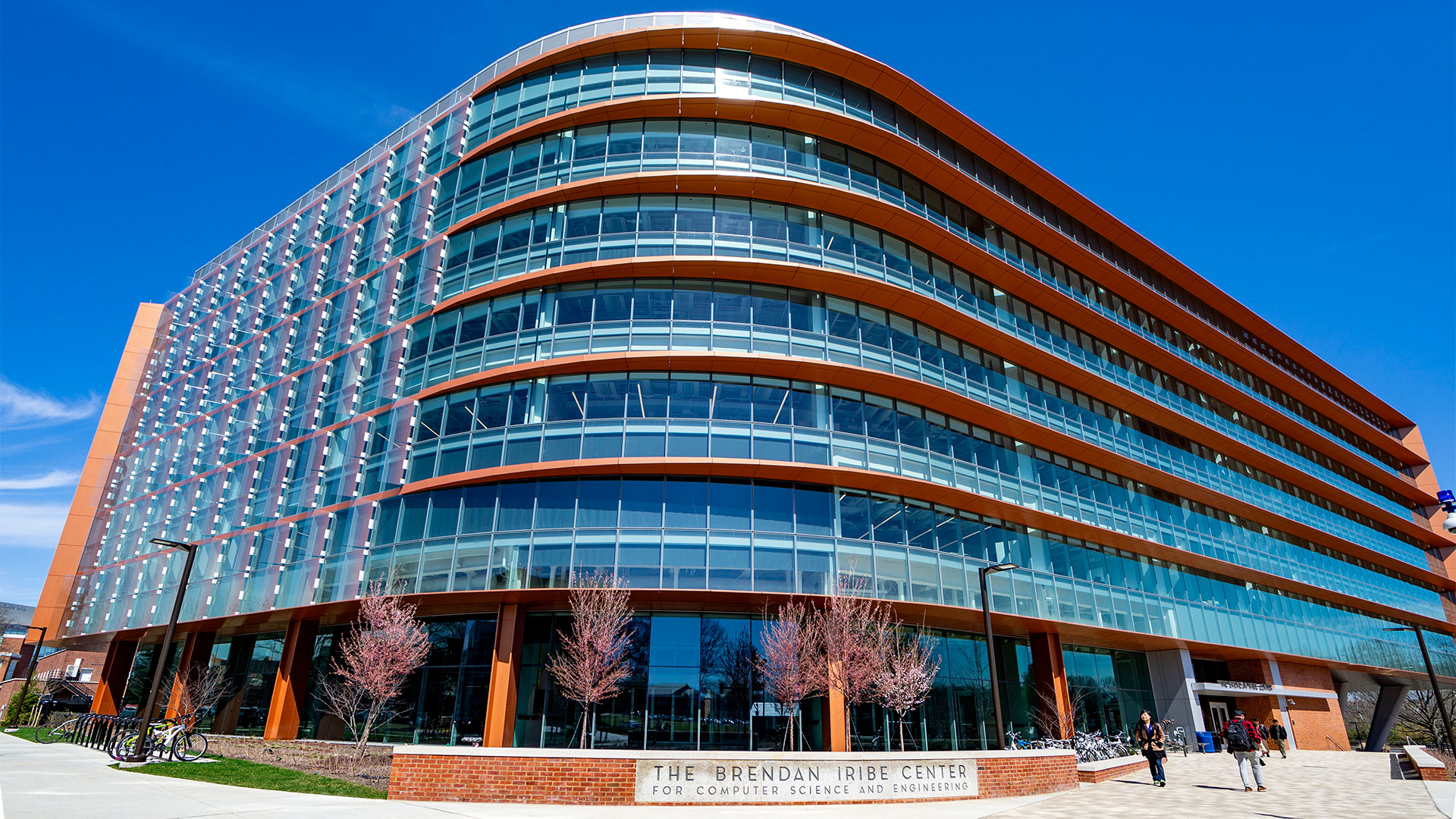University of Maryland Launches Center for Machine Learning
Financial and technology leader Capital One is an inaugural partner of the center.
The University of Maryland recently launched a multidisciplinary center that uses powerful computing tools to address challenges in big data, computer vision, health care, financial transactions and more.
The University of Maryland Center for Machine Learning will unify and enhance numerous activities in machine learning already underway on the Maryland campus.
Machine learning uses algorithms and statistical models so that computer systems can effectively perform a task without explicit instructions, relying instead on patterns and inference. At UMD, for example, computer vision experts are “training” computers to identify and match key facial characteristics by having machines analyze millions of images publicly available on social media.
Researchers at UMD are exploring other applications such as groundbreaking work in cancer genomics; powerful algorithms to improve the selection process for organ transplants; and an innovative system that can quickly find, translate and summarize information from almost any language in the world.
“We wanted to capitalize on the significant strengths we already have in machine learning, provide additional support, and embrace fresh opportunities arising from new facilities and partnerships,” said Mihai Pop, professor of computer science and director of the University of Maryland Institute for Advanced Computer Studies (UMIACS).
The center officially launched with a workshop last month featuring talks and panel discussions from machine learning experts in auditory systems, biology and medicine, business, chemistry, natural language processing, and security.
Initial funding for the center comes from the College of Computer, Mathematical, and Natural Sciences (CMNS) and UMIACS, which will provide technical and administrative support.
An inaugural partner of the center, financial and technology leader Capital One provided additional support, including endowing three faculty positions in machine learning and computer science. Those positions received matching funding from the state’s Maryland E-Nnovation Initiative.
Capital One has also provided funding for research projects that align with the organization’s need to stay on the cutting edge in areas like fraud detection and enhancing the customer experience with more personalized, real-time features.
“We are proud to be a part of the launch of the University of Maryland Center for Machine Learning, and are thrilled to extend our partnership with the university in this field,” said Dave Castillo, the company’s managing vice president at the Center for Machine Learning and Emerging Technology. “At Capital One, we believe forward-leaning technologies like machine learning can provide our customers greater protection, security, confidence and control of their finances. We look forward to advancing breakthrough work with the University of Maryland in years to come.”
David Jacobs, a professor of computer science with an appointment in UMIACS, will serve as interim director of the new center.
To jumpstart the center’s activities, Jacobs has recruited a core group of faculty members in computer science and UMIACS: John Dickerson, Soheil Feizi, Thomas Goldstein, Furong Huang and Aravind Srinivasan.
Faculty members from mathematics, chemistry, biology, physics, linguistics, and data science are also heavily involved in machine learning applications, and Jacobs said he expects many of them to be active in the center through direct or affiliate appointments.
“We want the center to be a focal point across the campus where faculty, students, and visiting scholars can come to learn about the latest technologies and theoretical applications based in machine learning,” he said.
Key to the center’s success will be a robust computational infrastructure that is needed to perform complex computations involving massive amounts of data.
This is where UMIACS plays an important role, Jacobs said, with the institute’s technical staff already supporting multiple machine learning activities in computer vision and computational linguistics.
Plans call for CMNS, UMIACS and other organizations to invest substantially in new computing resources for the machine learning center, Jacobs added.
The center will be located in the Brendan Iribe Center for Computer Science and Engineering, a new state-of-the-art facility at the entrance to campus that will be officially dedicated later this month. In addition to the very latest in computing resources, the Brendan Iribe Center promotes collaboration and connectivity through its open design and multiple meeting areas.
The Brendan Iribe Center is directly adjacent to the university’s Discovery District, where researchers working in Capital One’s Tech Incubator and other tech startups can interact with UMD faculty members and students on topics related to machine learning.
Amitabh Varshney, professor of computer science and dean of CMNS, said the center will be a valuable resource for the state of Maryland and the region—both for students seeking the latest knowledge and skills and for companies wanting professional development training for their employees.
“We have new educational activities planned by the college that include professional master’s programs in machine learning and data science and analytics,” Varshney said. “We want to leverage our location near numerous federal agencies and private corporations that are interested in expanding their workforce capabilities in these areas.”
Writer: Tom Ventsias










